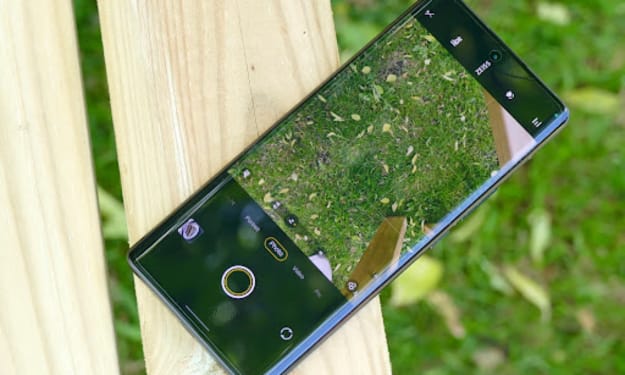The art of lighting in cinematography
Lighting in cinematography

Start Writing Today, we're talking about light and a few important concepts like the inverse square law and how it practically affects us. After reading this , you'll have some tools and frameworks to light with confidence.
The basic aspect of realistic lighting is motivation. Usually, to achieve realistic lighting, we try to enhance or recreate existing light sources, both artificial and natural, in a believable and aesthetically pleasing way. This often means softening the light on faces, especially in close-ups.
When replicating or enhancing a light source, keep in mind three attributes: quality, color, and falloff. The quality of light is determined by the size of the light source relative to the subject. A larger light source creates softer light. We often soften the light for a pleasing effect, but it's important to know the original quality of the light source to maintain a realistic feel.
For example, in a wide shot on a sunny afternoon, we might use direct sunlight. But in a close-up, the sunlight might be too harsh. Using heavy diffusion material can make it look like a cloud covered the sun, which may not blend well with the wide shot. A lighter diffusion material can soften the light while preserving its natural quality.
A helpful tool for comparing diffusion materials is the Lee Diffusion app. It shows the effects of different materials and indicates light loss.
For color temperature, if only one light is used, the color temperature can be adjusted in post-production. However, with multiple lights, it's crucial to match their color temperatures. Tools like the Kelvin Meter app can measure the color temperature of a light, ensuring a precise match.
In our setup, a table lamp with tungsten LED bulbs didn't match the key light set at 3200 Kelvin. Using the app, we found the lamp was actually 2800 Kelvin, adjusted the key light accordingly, and achieved a proper match.
Lighting setups can vary, such as using a cove light versus a single softbox. A cove light setup offers a more three-dimensional look by providing edge, key, and fill light simultaneously from the same direction. This setup was used to replicate different times of day by adjusting the light temperatures and positions.
Understanding the inverse square law helps manage light falloff. Light intensity decreases with distance, so placing a light source close to the subject mimics a table lamp's falloff. Conversely, for even lighting across multiple subjects, moving the light source further away while increasing its size can maintain the same softness.
For powerful lighting needs, the SmallRig 350B is an excellent choice, offering high output and color accuracy at a competitive price.
About the Creator
Enjoyed the story? Support the Creator.
Subscribe for free to receive all their stories in your feed. You could also pledge your support or give them a one-off tip, letting them know you appreciate their work.





Comments
There are no comments for this story
Be the first to respond and start the conversation.